Despite the fact that your vegetable garden may be overflowing at the moment, this situation won’t persist for very long. In the late summer, many of the spring crops that were sown begin to decline quickly.
Salad and greens begin to bolt and become bitter. Plants that produce cucumbers and zucchini have begun to wither. And so do the green beans, peas, sugar snap peas, and other vegetables.
However, if you plant a second set of seeds in the summer, you can reap a magnificent harvest of all of these delectable foods and more in the fall.
Cucumbers & Zucchini
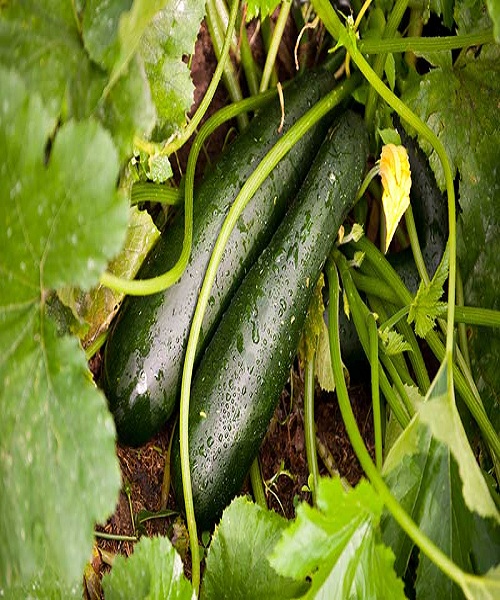
Summer is the best time of year to plant cucumber and zucchini seeds because of the warm soil and air temperatures. When it comes time to replenish your summer vegetable garden, they make an excellent choice.
In early spring, new cucumber and zucchini seeds can germinate for roughly 21 days. We’ve seen them sprout in as little as three days during the summer when it’s been warm.
The bugs that attack cucumbers and zucchini in the spring are less abundant in the summer, which is an extra bonus.
Green Beans
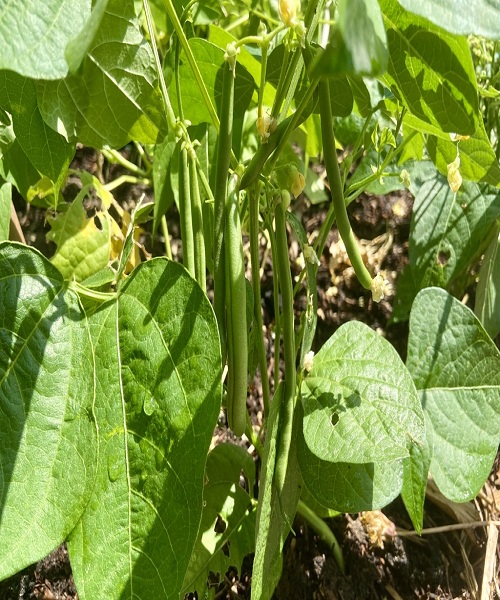
Several crops of green beans, particularly bush-style beans, can be grown in a single growing season thanks to their adaptability.
By mid-to late-July, most spring-planted green beans begin to lose their flavor. A second, equally tasty crop can be harvested just as autumn begins by replanting in the middle of summer.
Royal Burgundy (purple) and Blue Lake Bush Beans (blue) are our favorites for re-planting in the summer. Both can be ready for harvest in 60 days or less, making them ideal for summer planting.
Lettuce / Kale / Greens
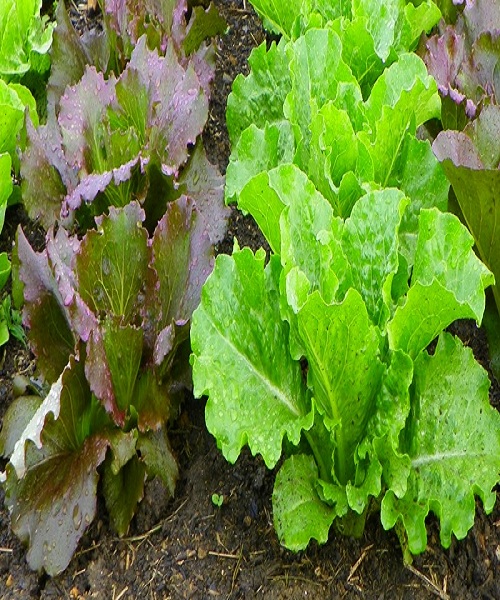
Replanting the vegetable garden with “greens” is a great idea for the summer months. Fast-growing greens such as lettuce and kale, as well as spinach, are all easy to germinate.
In many cases, a plant can be harvested in as short as 25 to 30 days after planting. Plant a few rows of seeds in July, and then do it again every three weeks through August. This will give you fresh salads all the way into fall.
Green Onions
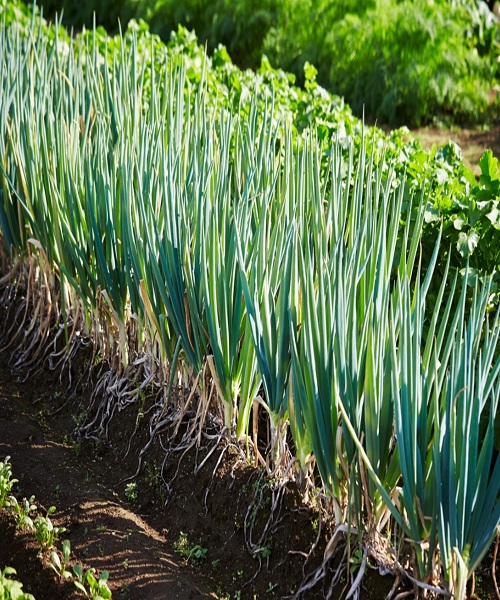
You can plant and harvest green onions for soups, and salads or simply eat them straight from the garden in the fall!
Radishes & Peas
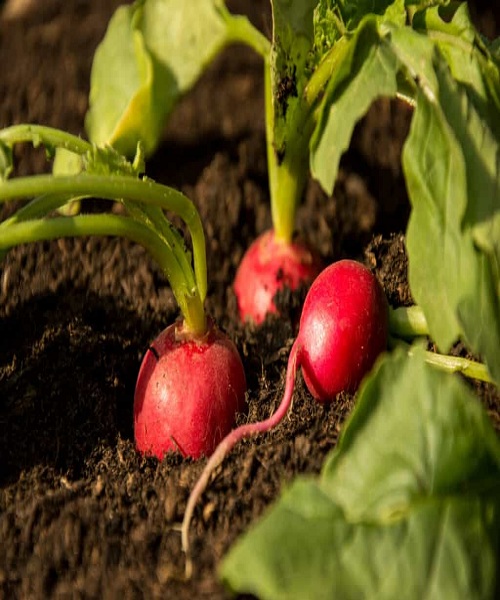
In August and even into early September, radishes can be planted every few weeks and harvested continuously until the first severe winter if planted frequently enough to reach maturity in as little as 28 days.
Sugar snap and snow peas are great for replanting in the spring and summertime. Traditional peas are OK, but if you plan to grow them again, choose bush-style types. Faster than the pole or climbing peas, these will be ready to harvest sooner.
Herbs
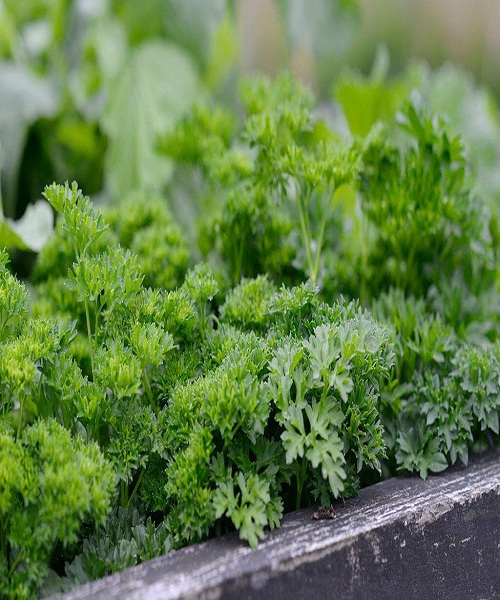
If you’re rebuilding your vegetable garden this summer, don’t forget to include annual herbs as well! Many herbs can be sown and replanted in the middle of the summer for a delicious harvest in the fall. A second fall harvest of basil, cilantro, parsley, and dill is a fantastic option.
All of these herbs can be used to flavor soups, salsas, sauces, and more when it comes to preserving the garden. Consider perennial herbs as well, as well.
Midsummer is an excellent season to expand your home-grown herb collection. Planting or transplanting thyme, oregano, and chives are all safe in the middle of summer. Perennial herbs have plenty of time to acclimatize and establish deep roots before the winter months come.
So have fun growing a second summer garden and keeping the harvest coming in throughout the season.

